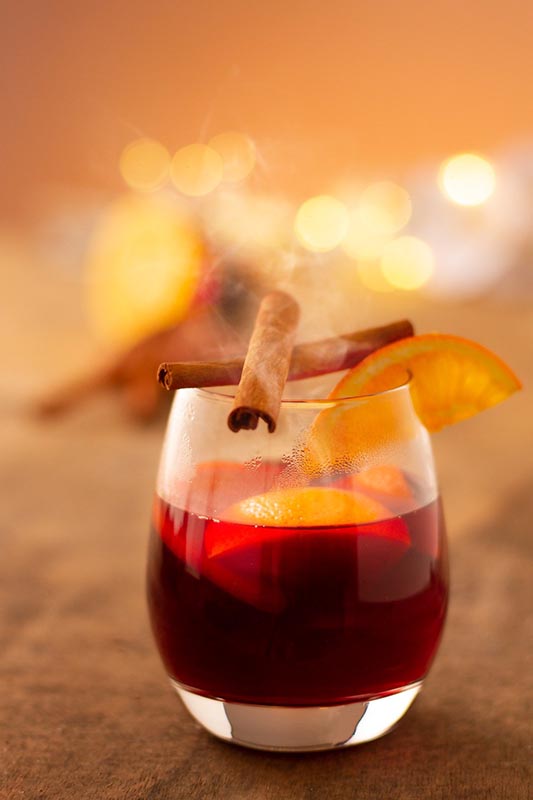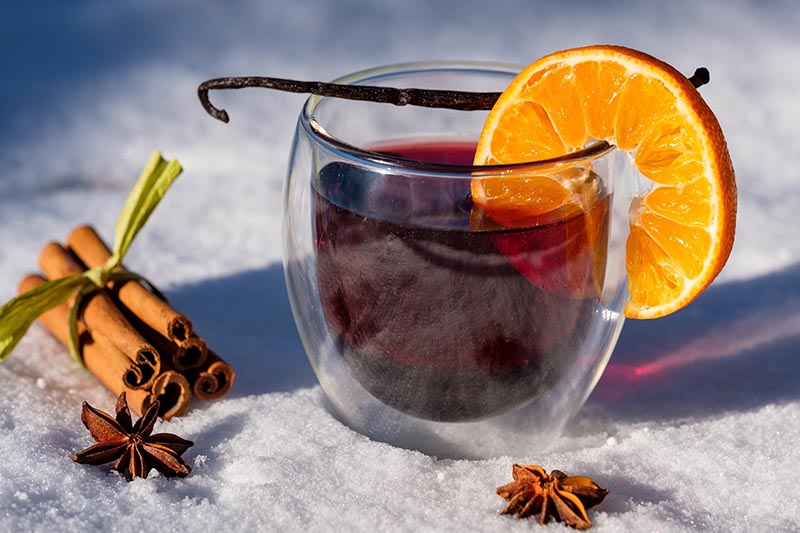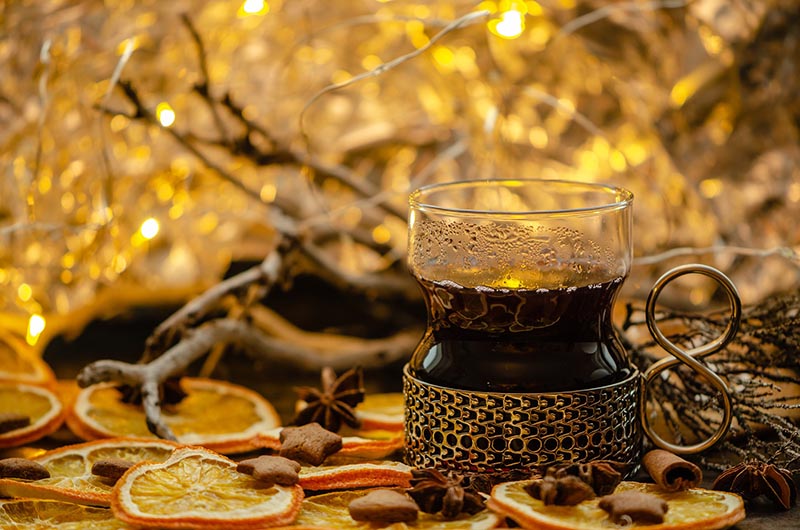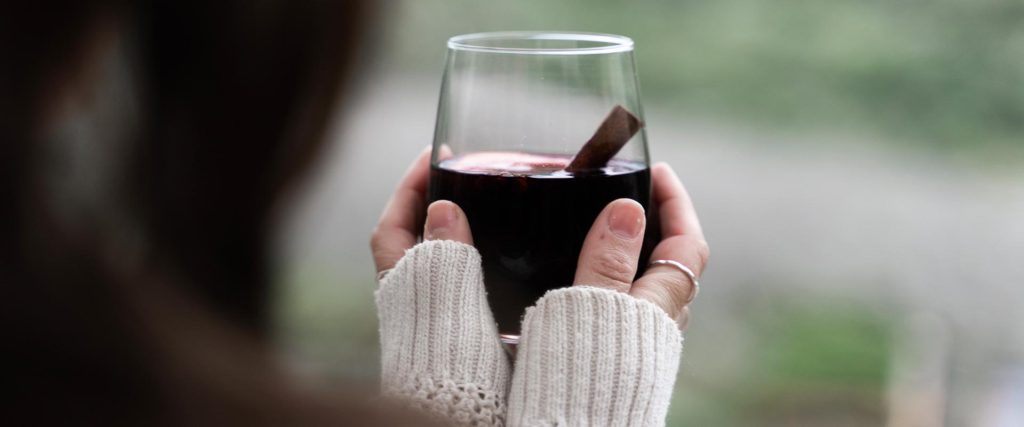Hello, hello, wine lovers! Nicky here speaking to you live from a desk overflowing with books, paper, pens and pencils. Yup, I decided to do some tidying and got bored when I was halfway through, as usual. Now I’ve just made everything worse. Even Cookie the cat has gone off to hide somewhere. Coward! But I don’t mind, I get my chaos. While I’m gathering my strength to return to the fray, I thought I’d share something with you.
In my last post I wrote about the harvest, a wonderful festival in which Argentinians celebrate wine and everything related to it. Today, continuing our tour of the wine calendar, I invite you to get out your cauldrons and join me on another adventure.
Well, we’re not going to be casting any spells or applying to Hogwarts, but we will be making a magic potion.
Apparently, March 3 is Mulled Wine Day, did you know that? Neither did I: I only just found out. Let me tell you a little more.

Preparing for Mulled Wine Day
First of all, I’d better explain: mulled wine is warm but it isn’t served boiling hot or after leaving the bottle in the sun for hours.
Warm wine is a brew: a mixture of ingredients whose main star is… drum roll please… wine!
But not just any wine. It can be white but generally reds are used; light and fruity ones are best. Ideally, you’d avoid older, fuller bodied ones.
To begin with, let me recommend some of my favorite Argentine wines for this potion so you can get ready:
If it’s a Malbec you’re looking for, try Doña Paula Estate, another option is Pinot Noir for which I chose a Saurus from the Patagonian winery Familia Schroeder; and Alfredo Roca Fincas if you’d rather a Cabernet Sauvignon.
So, with one of those bottles you have the base. The fun part is mixing it with all your favorite spices, the same you use to make colorful, flavorful dishes. Lovely stuff like orange zest, cloves, star anise, cinnamon and nutmeg.
You can also add a range of herbs and even honey. Use your imagination but it’s best to get some advice too: wine is rewarding but delicate and the wrong choice can send everything skew-whiff.

The history of mulled wine day
I’ll get back to the recipe in a second. Beforehand, let’s have a little history to celebrate Mulled Wine Day. The first records of mulled wine appear in the first century when Roman legions began to make it across the Empire, meaning pretty much all of Europe. So it’s been with us more or less since the dawn of Western civilization (mental note: watch Gladiator again).
As time passed, different kings, religious and military figures spread the word about mulled wine in the territories they governed, like a viticultural Game of Thrones. Little by little it passed from being a treat enjoyed by aristocrats to something everyone could enjoy. Today, it’s still an important drink and many countries have their own recipes and traditions.
In Scandinavian countries, for example, it’s known as “Gröll” and they wield it like a Viking axe against the freezing winters. It’s also made a lot at Christmas of course, and is accompanied by dried fruits.
In Germany it’s known as “Glühwein” and “Vin Chaud” in France. But enough chit-chat: let’s get back to the action.

Slow cooking
So, we’ve got our bottle, pour half into a pot and heat it up gently. Meanwhile, put on Gasoline by The Weeknd. It’s obligatory and very important ;).
As the wine warms up, let’s put on our druid’s cloaks and set up our arsenal of spices to bring our winter potion to life.
So, here comes the magic: drop in two cloves, a stick of cinnamon, orange peel and two generous spoonfuls of sugar, OK?
Now, this is important: the mixture mustn’t boil. If it does, the alcohol will evaporate and we’ll have ruined all our good work so far.
Now we’re on the final straight, padawans. Stir slowly with a wooden spoon to prevent the sugar from caramelizing and watch the brew develop.
When you think it’s about to reach boiling point, turn off the stove and strain into a jug. Done! Now you have your mulled wine ready to drink, perfect to accompany a series, movie or good book while you celebrate Mulled Wine Day.
Oh, one more thing: serve in mugs and accompany with cookies and dried fruit or bitter chocolate. Any of those options will go very well.
And so, we’ve made a triumphant debut in an ancient tradition. If it didn’t come out how you expected, don’t worry: you still have half a bottle to try again with. It’s just that easy!
Tell me: what spices did you use? Remember to play around with the colors and flavors. When I’m mistress of the potion, I’ll do a tutorial and share my expertise behind a bubbling cauldron. Cheers! See you next time!



